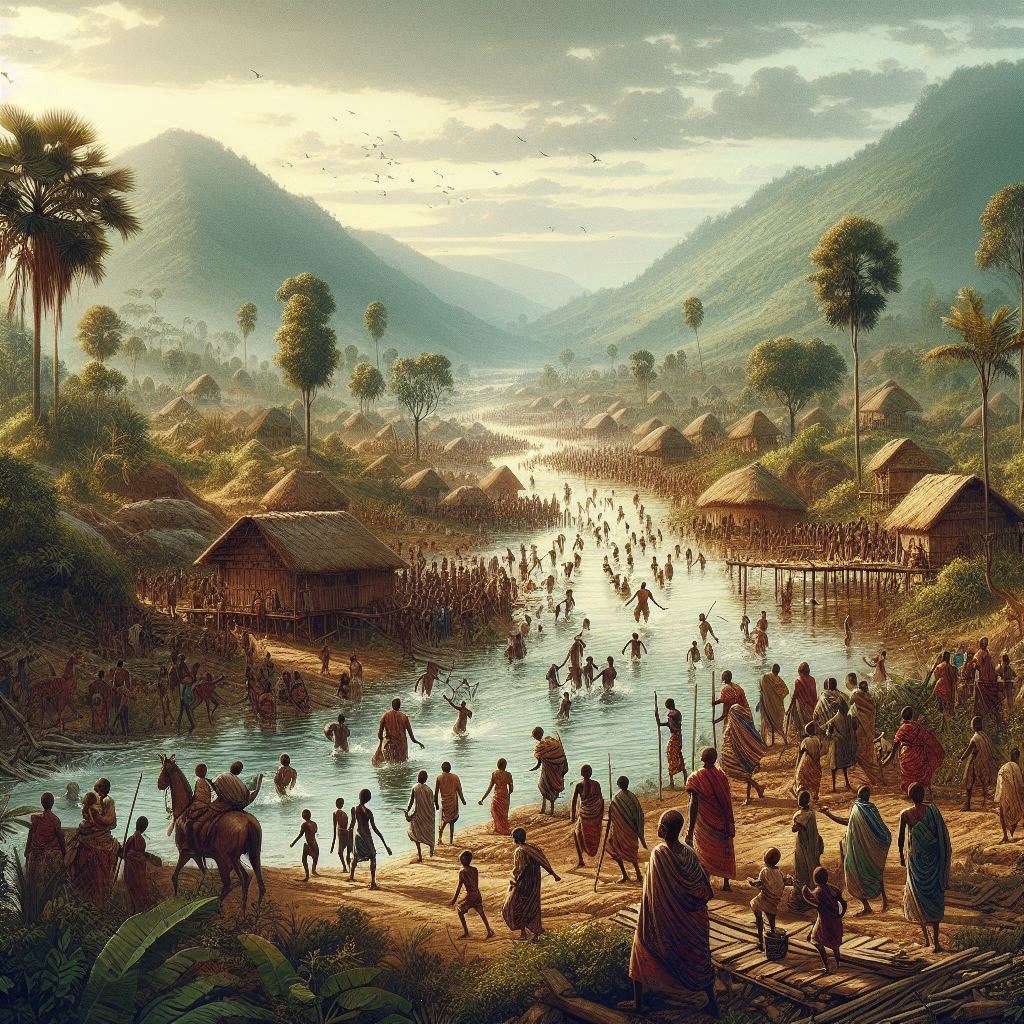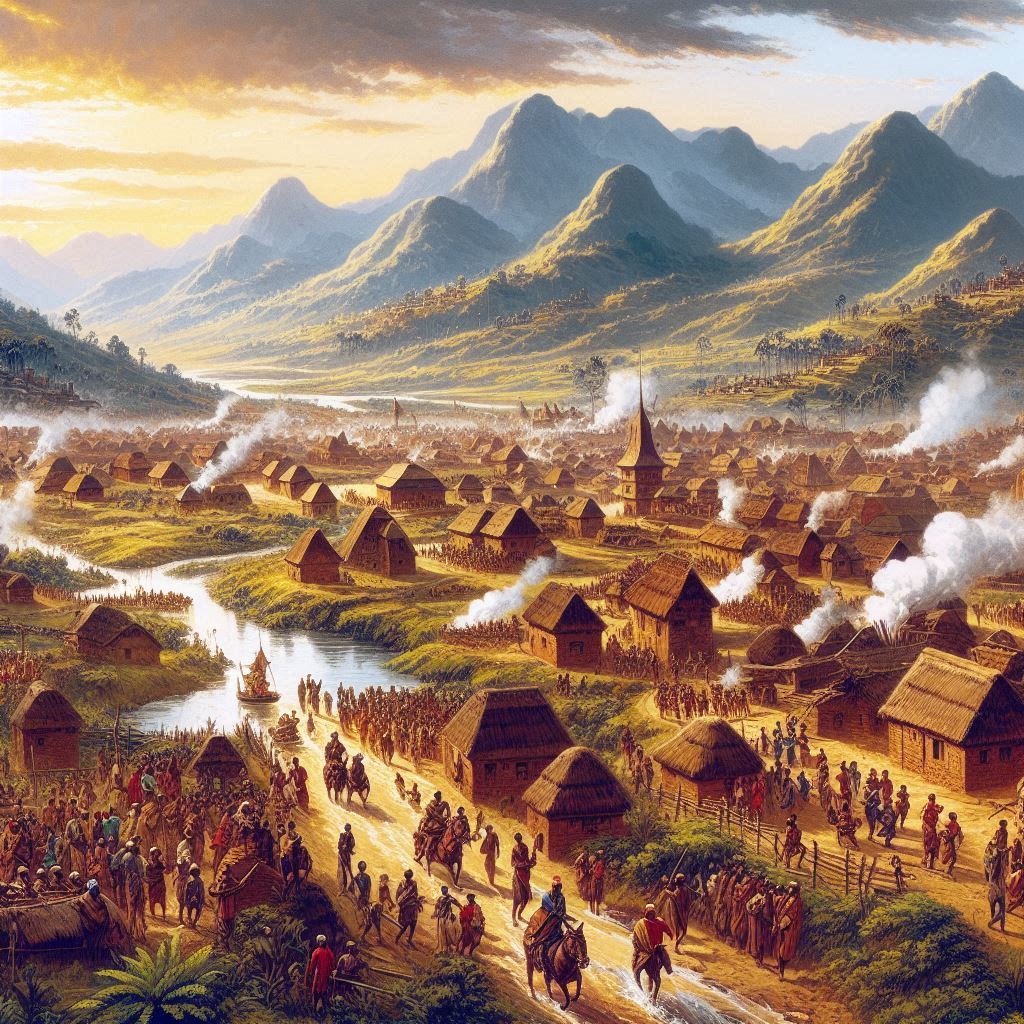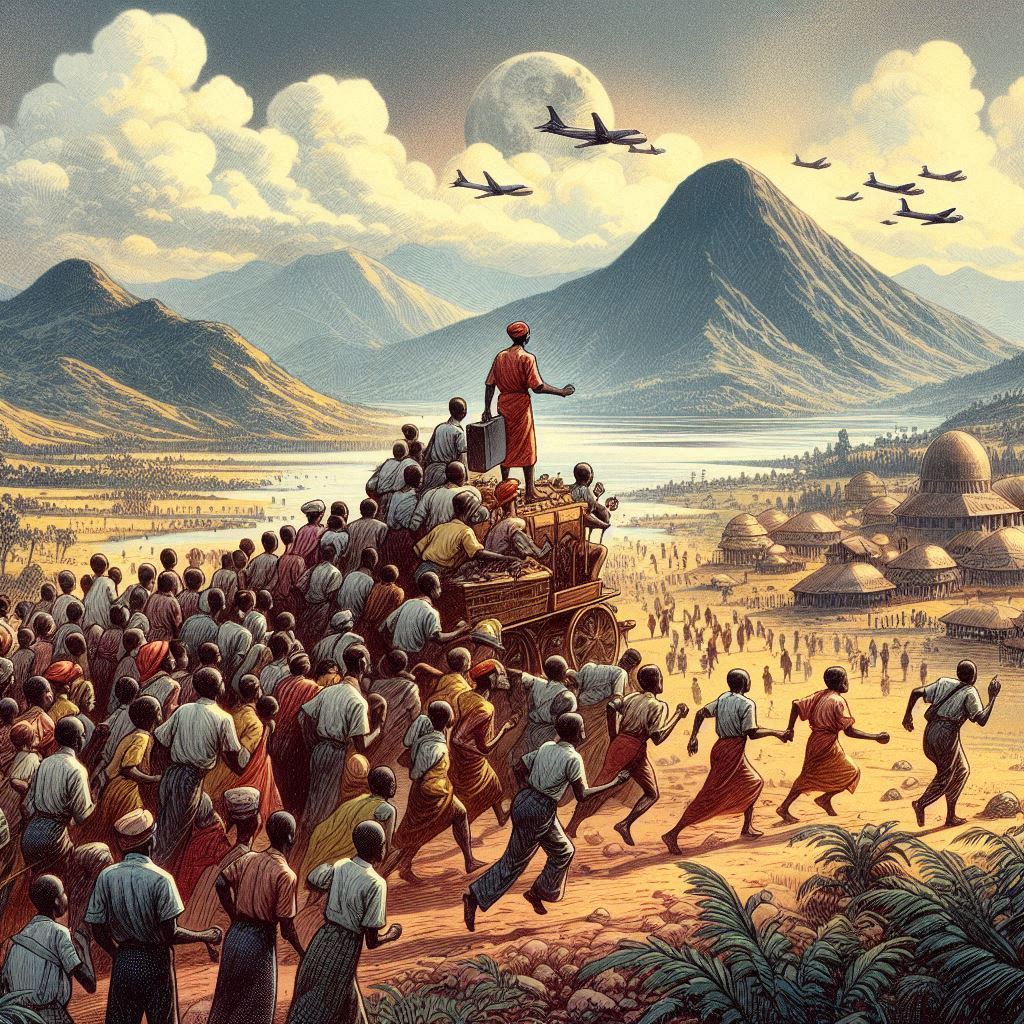盧旺達大屠殺事件
盧旺達大屠殺(Rwandan Genocide)是非洲歷史上最為慘烈的一次種族清洗事件,發生於1994年4月至7月之間。在約100天的時間裡,估計有80萬至100萬的圖西族(Tutsi)和支持和平的胡圖族(Hutu)被屠殺。
這場悲劇的根源可以追溯到盧旺達的殖民歷史。比利時殖民者統治期間,他們在當地推行種族身份認證,並偏袒人口只有兩成的圖西族,將其置於胡圖族之上。這種政策在兩個民族之間種下深刻的仇恨。盧旺達在1962年獨立後,政權落入胡圖族手中,但種族間的緊張局勢並未因此消除。
大屠殺的直接導火索是1994年4月6日,時任盧旺達總統、胡圖族的朱韋納爾·哈比亞利馬納(Juvénal Habyarimana)在飛機遭到擊落後身亡。此事件被胡圖極端分子利用,迅速展開對圖西族的屠殺。胡圖族民兵組織「英特拉哈姆韋」(Interahamwe)和政府軍開始系統性地屠殺圖西族及溫和的胡圖族。這場暴行在極短時間內擴展至全國,形成恐怖的血腥場面。
在這場大屠殺中,國際社會的反應被普遍認為是失職的。儘管聯合國在盧旺達設有維和部隊,但因為人數不足及權限受限,無法有效制止屠殺。這一錯誤也成為後來反思人道主義干預的重要教訓。最終,大屠殺在1994年7月結束,當時由保羅·卡加梅(Paul Kagame)領導的盧旺達愛國陣線(Rwandan Patriotic Front,RPF)攻佔首都基加利,推翻胡圖族政府。大批參與屠殺的胡圖族人逃亡至鄰國剛果(今剛果民主共和國)。
大屠殺對盧旺達和整個地區的影響是深遠的。盧旺達經歷巨大的創傷,經濟崩潰,社會結構被摧毀,家庭破碎,無數孤兒和寡婦無家可歸。大屠殺之後,盧旺達政府致力於重建和解,設立「加查查法庭」(Gacaca courts),處理與大屠殺相關的罪行,試圖通過社區審判來實現正義和修復社會關係。此外,盧旺達在經濟和社會領域也進行深刻的改革,努力恢復和發展。儘管如此,種族仇恨的傷痛依然深刻,對國家未來的穩定和和解產生巨大挑戰。這場悲劇提醒人們必須時刻警惕種族主義和極端民族主義,並強調國際社會在面對人道災難時需迅速行動的重要性。
The Rwandan Genocide is one of the most horrific episodes of ethnic cleansing in African history, occurring between April and July 1994. Over approximately 100 days, an estimated 800,000 to 1,000,000 Tutsi people and moderate Hutu supporters were massacred.
The roots of this tragedy can be traced back to Rwanda's colonial history. During Belgian colonial rule, the administration implemented an ethnic identification system that favored the Tutsi minority, who made up about 20% of the population, over the Hutu majority. This policy sowed deep-seated animosity between the two groups. After Rwanda gained independence in 1962, the Hutu took control of the government, but ethnic tensions persisted.
The immediate trigger for the genocide was the assassination of the then-president, Juvénal Habyarimana, a Hutu, on April 6, 1994, when his plane was shot down. Hutu extremists used this event as a pretext to launch a coordinated campaign of violence against the Tutsi. The Hutu militia group Interahamwe, along with the government forces, began systematic massacres of Tutsis and moderate Hutus. The violence spread rapidly across the nation, resulting in horrific scenes of bloodshed.
The international community's response to the genocide has been widely criticized as a failure. Despite having a peacekeeping force in Rwanda, the United Nations could not effectively intervene due to inadequate troop numbers and limited mandates. This inaction has since been a critical lesson in humanitarian intervention.
The genocide came to an end in July 1994 when the Rwandan Patriotic Front (RPF), led by Paul Kagame, captured the capital, Kigali, and overthrew the Hutu-led government. Many Hutus involved in the massacres fled to neighboring Congo (then Zaire, now the Democratic Republic of Congo).
The aftermath of the genocide left Rwanda in ruins. The country faced enormous trauma, economic collapse, and a shattered social structure, with countless orphans and widows. In the aftermath, the Rwandan government focused on reconstruction and reconciliation, establishing Gacaca courts to address genocide-related crimes and aiming to restore justice and community ties through local trials.
Additionally, Rwanda undertook significant economic and social reforms to rebuild and develop the country. Despite these efforts, the scars of ethnic hatred remain deep, posing ongoing challenges to national stability and reconciliation.
The Rwandan Genocide serves as a stark reminder of the dangers of ethnic hatred and extreme nationalism, emphasizing the importance of swift international action in the face of humanitarian crises.



照片:DALLE3
- 1
- 2
- 3
- 4
